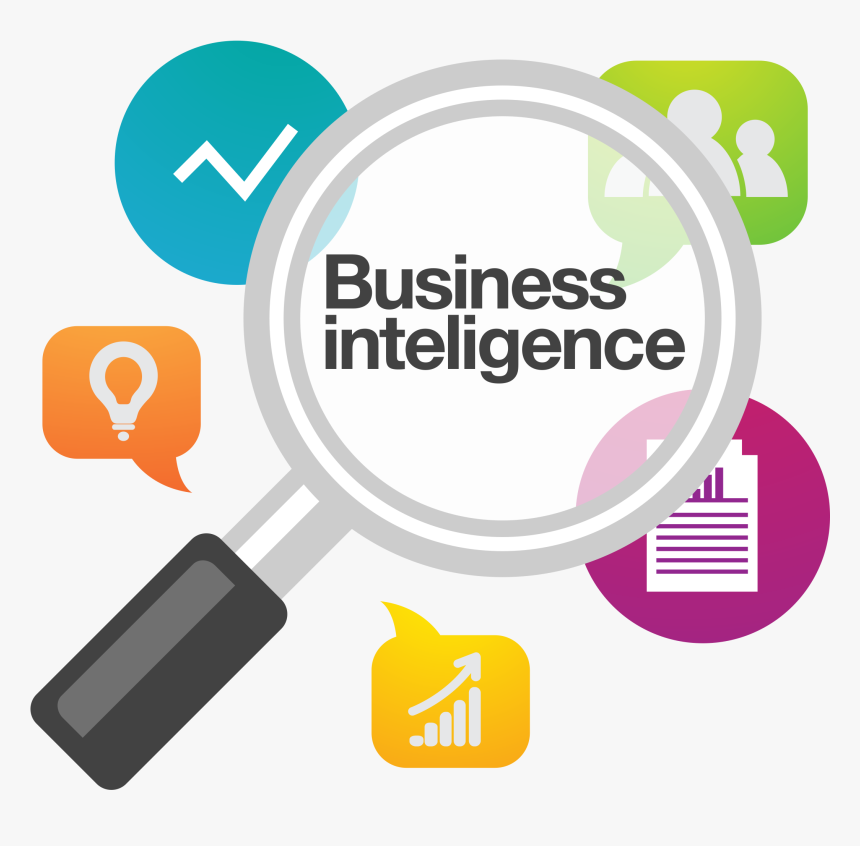
Business Intelligence (BI) refers to the technologies, processes, and tools that organizations use to collect, analyze, and present business data to support decision-making processes. The primary goal of Business Intelligence is to transform raw data into actionable insights, enabling organizations to make informed and strategic business decisions. BI encompasses a range of activities, including data analysis, reporting, querying, and visualization. Key components of Business Intelligence include:
Data Integration:
Gathering and integrating data from various sources, including databases, spreadsheets, and external systems.Data Warehousing:
Storing and managing large volumes of data in a centralized repository (data warehouse) for analysis and reporting.Data Analysis:
Employing analytical techniques to examine data and identify patterns, trends, and insights.Reporting:
Creating and presenting reports that communicate key business metrics, performance indicators, and trends.Dashboards:
Developing visual dashboards that provide at-a-glance views of important business metrics and performance.Querying:
Allowing users to interactively query and explore data to extract specific information.OLAP (Online Analytical Processing):
Enabling multidimensional analysis of data for complex and interactive reporting.Data Mining:
Using algorithms and statistical models to discover patterns and relationships within data.Predictive Analytics:
Applying statistical algorithms and machine learning techniques to make predictions about future trends.Data Visualization:
Representing data visually through charts, graphs, and other visual elements to enhance understanding.ETL (Extract, Transform, Load):
Processes for extracting data from source systems, transforming it into a usable format, and loading it into a data warehouse.Data Governance:
Establishing policies and procedures for managing data quality, security, and compliance.